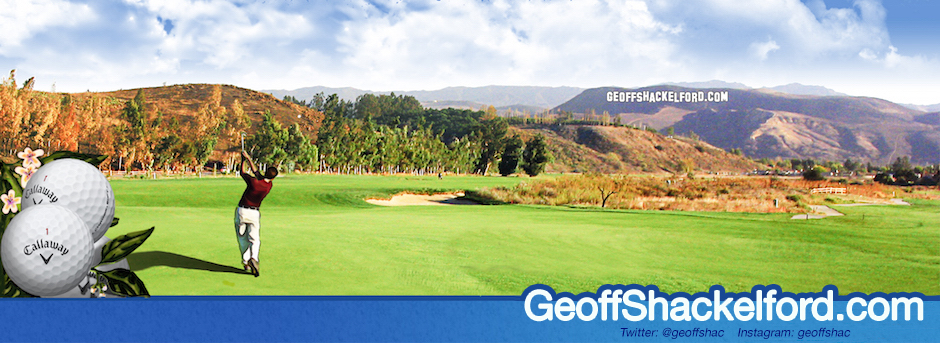Ridley Spin, Vol. 81
 Wednesday, February 23, 2005 at 11:26 AM
Wednesday, February 23, 2005 at 11:26 AM The lustiest cheer came when a Michigan woman, the owner of a
27-hole course, lamented how the new balls and space-age equipment were
rendering her 1960s-built course obsolete. “You need more acreage, and
maintenance costs are higher (when managing more turf) for both
accurate golfers and high handicappers,” she said. She added, “One guy
with a hot club and a hot ball will slow play for everyone else.” She
mentioned liability problems; when her course was built, the homes
lining its fairways were platted when 250 yards was the longest drive.
She directed the question at Ridley, wondering how the USGA will
marshal technology.
Ridley said the issue has been going on
for 100 years, and that the USGA has done more in the past seven years
than the previous century combined.
Sorry have to interrupt here. He is right. The USGA has done more in the last seven years to bungle this than in the previous century combined. I’m sorry, please continue Mr. Ridley.
“Many people feel we should go back to the
‘70s and ‘80s,” he said condescendingly. “But it’s the USGA’s job to
regulate the game based on good statistics and science. ShotLink (used
on the PGA Tour to track the pros’ club selections and distances) has
helped. We have created many scientific tests to determine ball and
club performances,” Ridley said, adding that if “things get out of
hand, the USGA will step in and take steps.”
Besides
high-tech equipment and meteoric golf balls, Awtrey and Finchem
attributed the added distance off the tee to today’s players being more
athletic and in better shape. “Even the juniors and girls are hitting
remarkably further today.”
I'm beginning to wonder if Ridley has repeated the same distortions so many times that he actually believes them?











